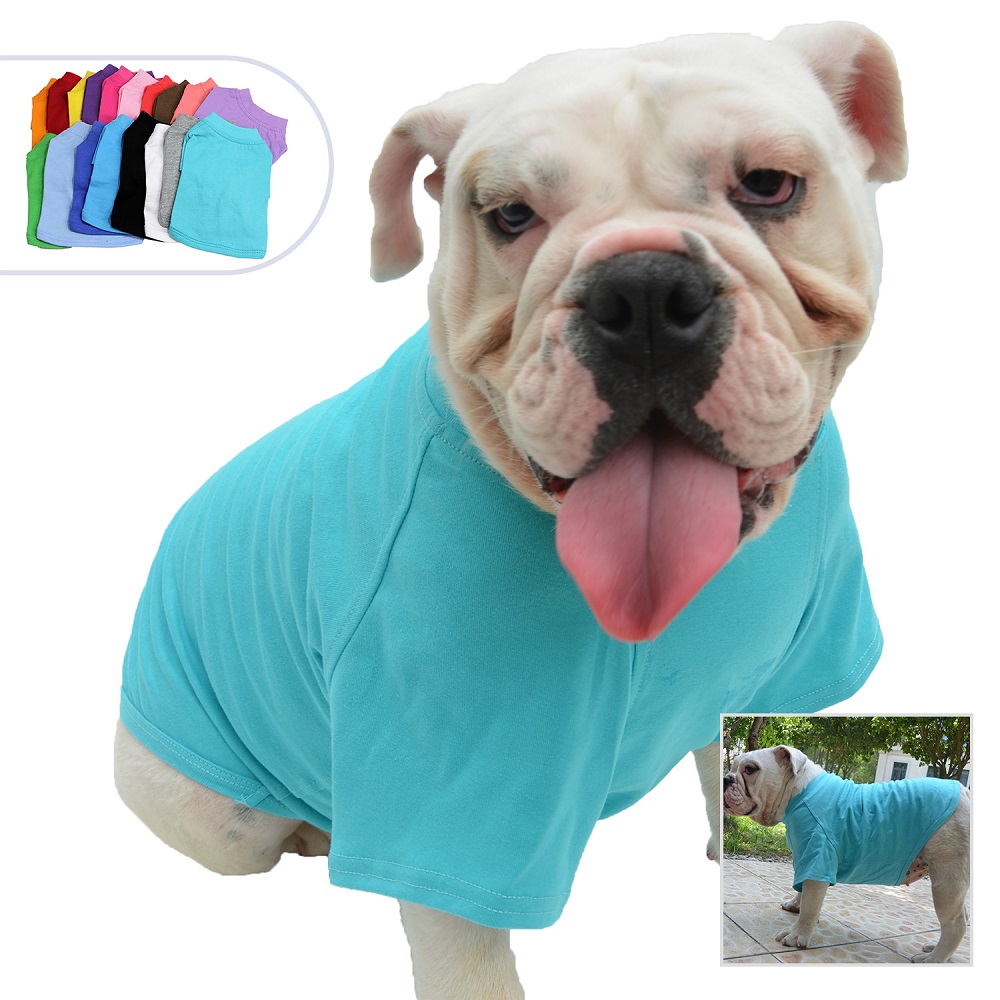The Timeless Allure of Clothing: A Reflection of Identity, Culture, and Function
Clothing is far more than a mere necessity or a way to shield ourselves from the elements. It is a powerful, ever-evolving form of expression that tells stories, reflects our culture, and influences the way we experience the world. From the earliest days of human history to the present moment, the evolution of clothing has been a journey of innovation, social commentary, and personal identity. In many ways, the clothes we choose to wear serve as a mirror to our values, aspirations, and the zeitgeist of the times.
The role of clothing goes beyond its functional purpose. While it indeed keeps us warm or protects our skin, it also serves as an artistic and cultural statement. In the world of fashion, each stitch, fabric choice, and silhouette is imbued with meaning. Clothing is intertwined with our sense of identity; it speaks to our social class, our professional standing, and even our political or environmental beliefs. In this article, we will delve into the multifaceted nature of clothing, its historical evolution, and its significance in modern society.
Clothing as a Reflection of Identity
One of the most profound ways that clothing functions is as an extension of identity. It allows individuals to present themselves to the world in a way that feels authentic or aspirational. Whether one chooses a simple, understated style or adopts bold, avant-garde fashion, clothing provides a visual representation of personality, lifestyle, and even mood. A person’s attire can evoke power, sophistication, creativity, or rebellion—sometimes all in a single outfit.
Consider, for instance, the timeless concept of the “uniform.” In professional settings, such as law firms, banks, or hospitals, clothing often adheres to specific guidelines to promote a sense of professionalism, trustworthiness, and authority. On the other hand, in creative industries like fashion, art, or technology, the freedom to experiment with clothing can signal individualism and innovation. In such contexts, the choice of dress becomes a badge of belonging to a certain community or an expression of one’s unique approach to life.
For many, clothing also serves as a form of self-expression in the face of societal expectations. Whether it’s the subtle elegance of tailored suits or the rebellious nature of punk rock fashion, clothing allows us to play with the boundaries of identity, pushing them to reflect inner truths that may not always be visible. Fashion has long been an outlet for activism, from the 1960s civil rights movement in the United States to contemporary campaigns that address issues such as gender equality, climate change, or racial justice. The T-shirts with slogans, the buttons on jackets, or the brightly colored accessories are more than just adornments—they are declarations, small but potent ways of conveying a message.
The Historical Evolution of Clothing
The history of clothing is as old as civilization itself, with its roots stretching back to ancient times. Initially, clothing’s primary function was practical—protecting the human body from the elements. Early garments were crafted from animal skins, furs, and woven plant fibers. However, as human society advanced, clothing began to take on social and symbolic significance, indicating wealth, status, and position within the hierarchy of society.
In ancient Egypt, for example, clothing was closely associated with social class. The pharaohs and the nobility adorned themselves in fine linen, jewelry, and elaborate headdresses, while the working class wore simpler tunics made from coarse cloth. In the Roman Empire, the toga was a symbol of Roman citizenship and authority, while in medieval Europe, sumptuary laws regulated the fabrics, colors, and types of clothing that individuals from different social classes could wear. These laws reinforced the rigid social structures of the time, underscoring how deeply clothing was tied to one’s place in the societal pecking order.
As history marched on, the Industrial Revolution in the 18th and 19th centuries transformed clothing production. With the advent of mechanized textile manufacturing, mass production of garments became possible, making clothing more accessible to the general public. The rise of fashion houses and the prominence of haute couture in cities like Paris and Milan brought a new level of sophistication to the world of clothing, setting the stage for the global fashion industry as we know it today.
The 20th century saw a rapid democratization of fashion, with trends often emerging from the streets rather than the ateliers of haute couture designers. From the roaring twenties, when flapper dresses and jazz-inspired styles took over, to the revolutionary fashion statements of the 1960s and 1970s, clothing became a vehicle for social change, marking pivotal moments in history. The 1980s witnessed the rise of designer brands as status symbols, and the 1990s embraced a casual, grunge-inspired look that defied traditional standards of elegance.
Clothing in the Modern World: Sustainability and Innovation
In today’s world, the intersection of fashion, technology, and sustainability is redefining the role of clothing. The fashion industry, which is one of the largest in the world, has faced increasing scrutiny for its environmental impact, particularly concerning the fast fashion phenomenon. Mass-produced, cheap garments made from synthetic materials contribute to pollution and waste, and the rapid turnover of trends encourages overconsumption.
As awareness of these issues grows, a movement toward sustainable and ethical fashion has gained momentum. Designers and consumers alike are turning their attention to eco-friendly fabrics, sustainable manufacturing processes, and ethical labor practices. Brands are experimenting with recycled materials, biodegradable fabrics, and even clothing rental or swapping services as ways to reduce the environmental footprint of clothing. The rise of slow fashion, in which garments are made to last and are produced with care for the environment and the people who create them, is a significant step in reshaping the industry for a more sustainable future.
Simultaneously, technology is reshaping the very fabric of clothing. Smart textiles, for instance, are gaining ground in sectors such as sports, healthcare, and military applications. Clothing that monitors vital signs, adapts to changing temperatures, or even charges electronic devices is no longer the stuff of science fiction but a present-day reality. This fusion of fashion and technology promises to revolutionize how we think about clothing, making it not only a reflection of our identity but also a tool for enhancing our daily lives.
Conclusion: The Enduring Power of Clothing
In conclusion, clothing is far more than a mere tool for covering the body. It is an intrinsic part of our identity, a powerful form of communication, and a window into our personal, cultural, and historical narratives. From the earliest garments fashioned for warmth to the avant-garde styles that challenge societal norms, clothing reflects the complexities of human existence.
As we continue to navigate a rapidly changing world, the role of clothing will evolve alongside shifts in technology, sustainability, and cultural consciousness. However, at its core, the art of clothing will remain an essential part of who we are, how we interact with others, and how we shape our world. In the end, clothing remains a timeless expression of individuality, culture, and the human experience itself.






